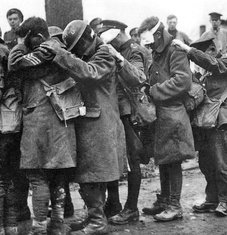Featured Quizzes
User Quizzes
Create Quiz
Data and Charts
Badges and Games
About JetPunk
JetPunk Shop
Dark Mode

Armistice Day: November 11, 1918
Also known as Remembrance Day, Veterans Day, and Poppy Day, the "11th Day of the 11th Month" marks the cessation of major international hostilities of "the war to end all wars". Conflict would continue for several years and many millions more would yet die from the civil wars and independence wars left in its disintegration of governments. A major pandemic spread by the mass mobilization of militaries would further kill 10s of millions.
Rate:
Last updated: January 5, 2023
You have not attempted this quiz yet.
More quiz info >>
| First submitted | November 11, 2022 |
| Times taken | 22 |
| Average score | 48.4% | Report this quiz | Report |
6:00
Enter answer here
0
/ 31 guessed
Time Used
00:00
Best Time
00:00
The quiz is paused. You have remaining.
Scoring
You scored / = %
This beats or equals
% of test takers
also scored 100%
The average score is
Your high score is
Your fastest time is
Keep scrolling down for answers and more stats ...
|
|
Comments
No comments yet
New and Popular
Save Your Progress
Quiz Smorgasbord
Quiz series by IsleAuHaulte
...
Copyright H Brothers Inc, 2008–2024
Contact Us | Go To Top | View Mobile Site
